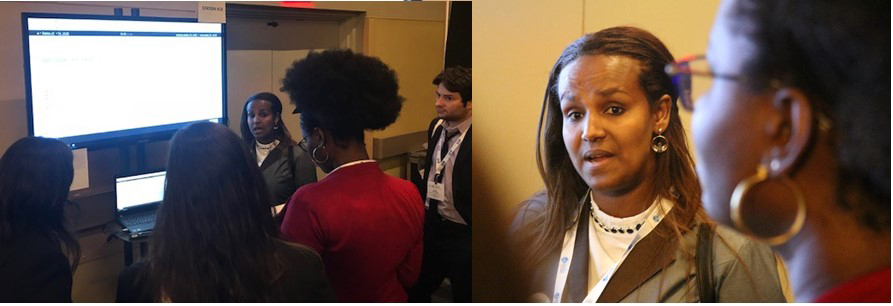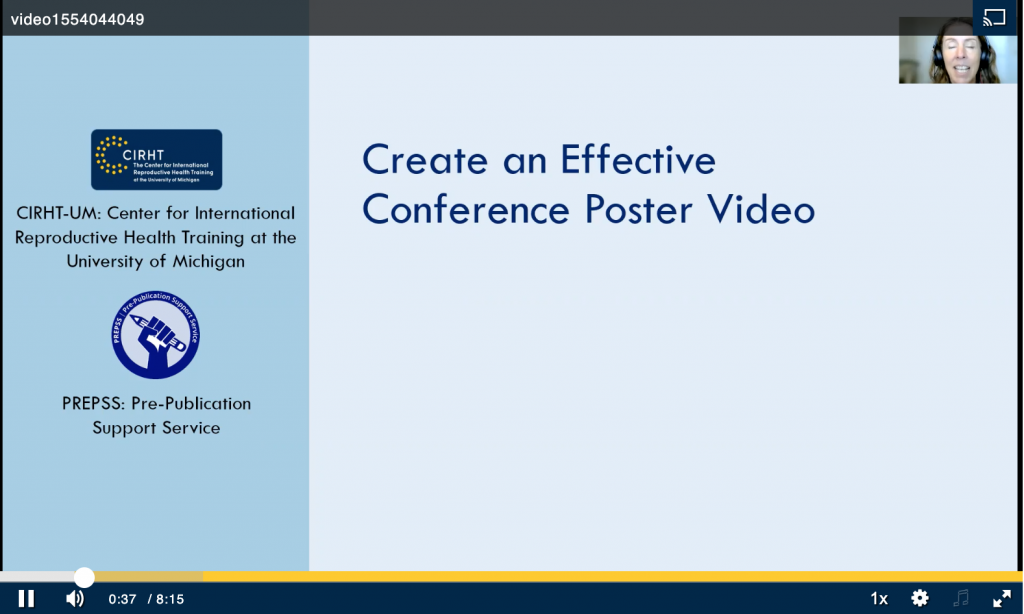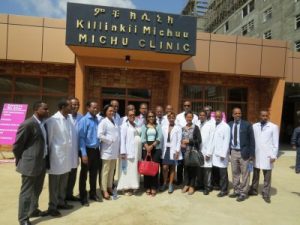Proportion and Associated Factors of Maternal Near Miss among Admitted Mothers at Felege Hiwot Specialized Referral Hospital, Bahir Dar Ethiopia

CIRHT partner: Proportion and Associated Factors of Maternal Near Miss among Admitted Mothers at Felege Hiwot Specialized Referral Hospital, Bahir Dar Ethiopia
Authors: S. Fenta, A. Nigussie; Bahir Dar University, Midwifery, Bahir Dar/ET
Background:
Globally maternal near misses occur in larger numbers than maternal deaths. In developing countries the unacceptably high maternal mortality overshadows severe maternal morbidity. Due to lack of information on complications related to pregnancy and child birth in most countries of Sub-Saharan Africa, maternal morbidity continued to be a neglected dimension of maternal health. Conducting study in maternal near misses allows assessing the quality of intervention and identifies the health system failures and provides alternative strategies to reduce maternal mortality. The aim of this study is to assess the proportion and factors associated with maternal near misses among mothers at Felege Hiwot specialize referral hospital, Bahir Dar City, Ethiopia.
Methods:
An institution based cross sectional study was conducted from March 13 to April 6/2016. Data was collected using a pre-tested questionnaire with systematic random sampling technique among 501 participants and analyzed through SPSS. Both bivariable and multivariable logistic regressions were computed. A P-value less than 0.05 was considered statistically significant at 95% confidence level.
Findings:
The over result indicated that 116 (23.2 %) of the respondents were maternal near misses. Hemorrhagic disorders were the most common event for maternal near miss (31%). Age [AOR=3.6; 95%CI :(1.29-9.93)], marital status [AOR=4.3;95%CI: (1.61-9.12)], gravidity [AOR=3.9; 95%CI:(1.74-8.84)], [AOR=2.5; 95%CI:(1.14-5.23)], ANC follow up [AOR=0.1; 95%CI:(0.03-0.61)], mode of delivery [AOR=3.5; 95%CI: (1.72-7.22)] and [AOR=3.5; 95% CI: (1.12-11.13)], birth weight [AOR=2.2;95%CI:(1.01-4.95)] and length of hospital stay[AOR=7.3; 95%CI: (3.76-13.01)] were significantly associated with occurrence of maternal near miss.
Interpretation:
Mothers aged ≥ 35 years were 3.6 times more likely to develop near miss. Being single marital status increases the risk by 4.3 times. Having antenatal care decreases the risk by ten times. Mothers delivered by cesarean section were 3.5 times more likely to develop near miss event. In addition, birth weight of a newborn 1500-2499 grams increases the odds of maternal near miss by 2.2 times. Women who stayed for 7 and more days were exposed to near miss by 7.3 times than their counterparts.







